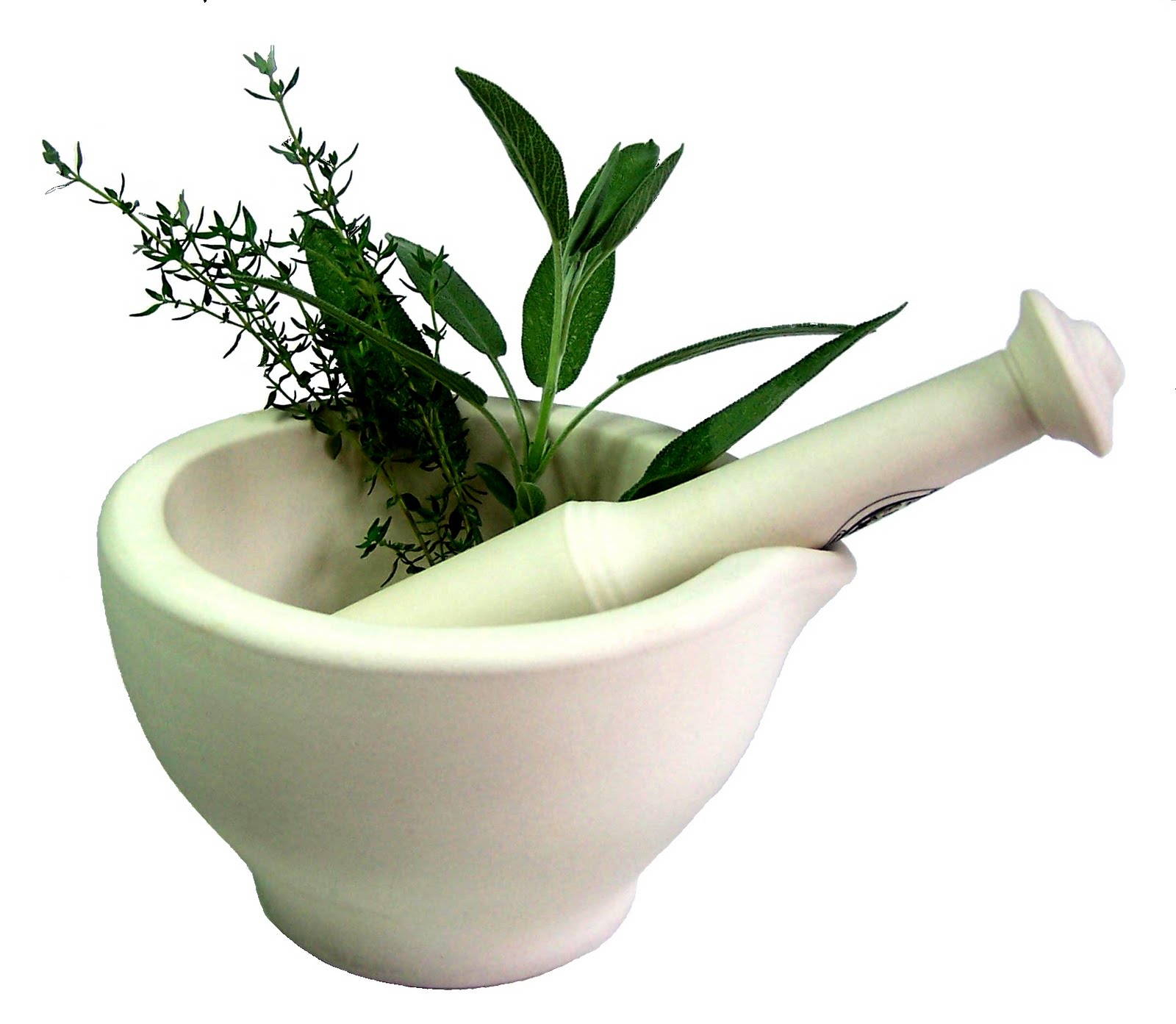
Herbal Medicine
Herbal medicines are prepared from a wide variety of plant materials - frequently the leaves, stems, roots, and bark, but also the flowers, fruits, twigs, sees, and exudates (material that oozes out, such as sap). They generally contain several biologically active ingredients and are used primarily for treating chronic or mild conditions, although on occasion they are employed as complementary or supportive therapy for acute and severe diseases.
Across the spectrum of alternative medicine, the use of herbs is varied: western herbology, Chinese medicine, and Ayurvedic medicine differ in the way practitioners diagnose disease and prescribe herbal remedies. Naturopathic physicians may use herbs from any of these systems.
....
Read More....
In 19th-century North America, a form of herbalism currently known as physiomedicalism (intended to refer to the study of healing through the use of organic substances) became the basis for therapeutic herbalism as we know it in the United States today. This had strong elements of traditional Native American plant knowledge and rural settlers' folklore remedies. In Europe, herbalism struggled to become reestablished on scientific grounds and remained more closely linked to plants. This form of herbalism is more correctly called "phytotherapy." In France today all phytotherapists are qualified physicians, although herbal therapists elsewhere in Europe may be no such qualifications.
The Chinese, Japanese, Indian, and Native (North and South) American cultures all have traditional systems of herbal medicine. In China and Japan the use of herbal remedies is officially promoted by a government ministry and included in national health systems. In India, herbalism is part of the ancient but still widely used system of Ayurvedic medicine. Native Americans use herbs in a spiritual sense, placing emphasis on their purifying and cleansing properties both, physically and mentally.
Among the varied approaches to medical herbalism, there is one important governing principle - that of "synergism," which maintains that the strength of the sum of the parts is greater than the strength of individual parts. Therefore, herbalists prefer to use plant parts in their entirety in the their remedies, rather than trying to isolate the plant's chemically active constituents (as conventional medicine does). They believe that the combination of each and every element of a plant forms its healing properties, and that each element has specific roles within the body outside the active ingredient itself. The combination of elements also works to prevent harmful side effects.
PREPARING AND USING HERBS:
Herbs may be natural, but they are powerful healing tools and can be toxic in excess. To gain maximum benefit from herbs, it is important to prepare them correctly. Some methods are listed below:
- Infusions - Flowers with their leaves and stalks make the best infusions because they release their active ingredients easily. Measure the required amount of her into a warmed china teapot. Pour boiling water over, and steep (soak) for 10 to 15 minutes before straining. All infusions should be discarded after a few hours
- Decoctions - Woody stems, roots, seeds, and bark are preferred for decoctions. Chop or crush the herb in order to break down the active ingredients. Put the required amount in a nonreactive saucepan and over with water. Bring to a boil, cover, and simmer for 10 to 15 minutes. Strain, and use while still hot. As with infusions, all decoctions should be discarded after a few hours
- Tinctures - Tinctures are highly concentrated mixtures of alcoholic spirit and herbs. Put the chopped or ground herb into a container with a lid, and cover with vodka. The ratio of herb to liquid by volume is 1:5. Leave in a warm place for two weeks, shaking twice daily. Strain through cheesecloth, squeezing well. Store in a well-sealed, dark glass bottle
- Compresses - A compress enables the skin at the site of an inflammation or wound to absorb the active ingredients of an herbal infusion or decoction. Soak a clean cloth in the heated herbal liquid and apply to the affected area
- Poultices - A poultice is a compress that contains solid (but soft or mushy) constituents. Wrap the herbs from a hot infusion or decoction in gauze and apply to the skin at the site of an inflammation or wound. Place a hot-water bottle over the top in order to maintain the heat within the compress

